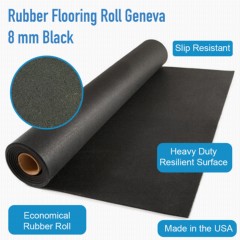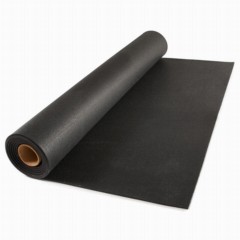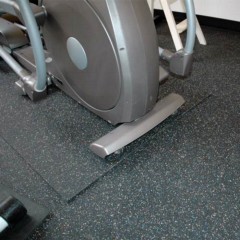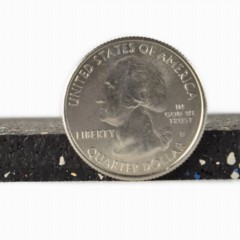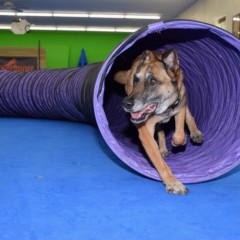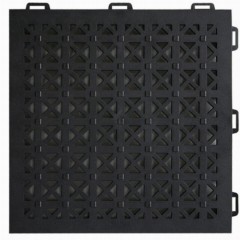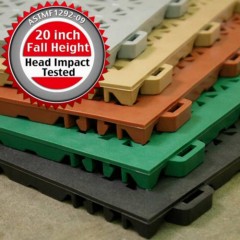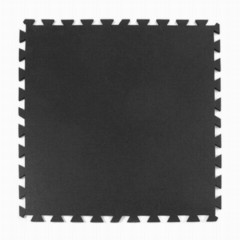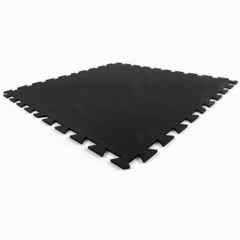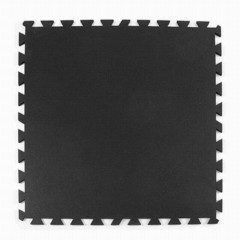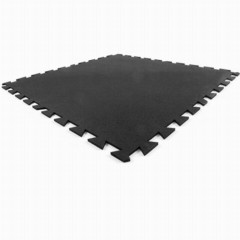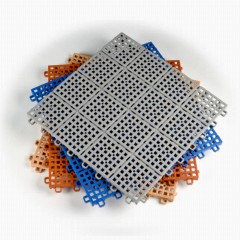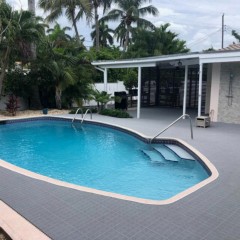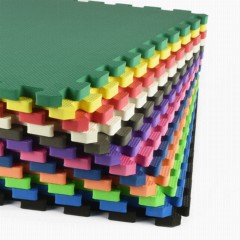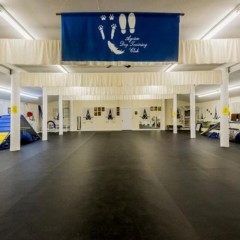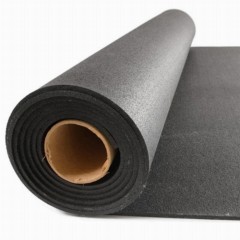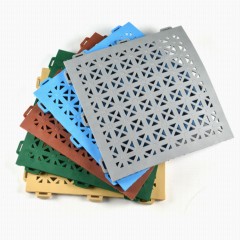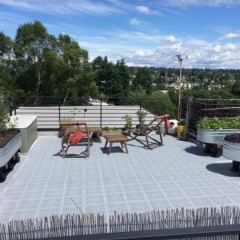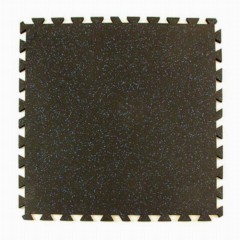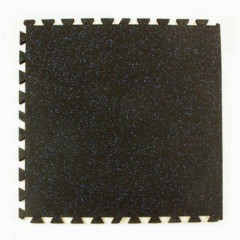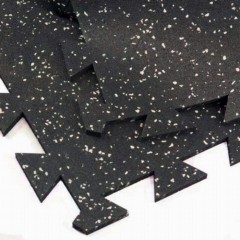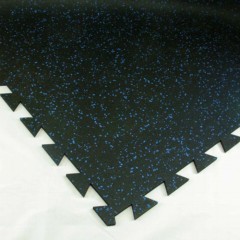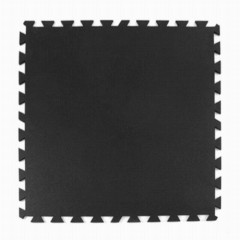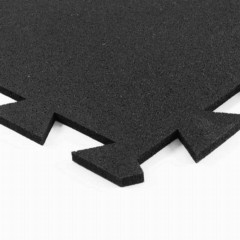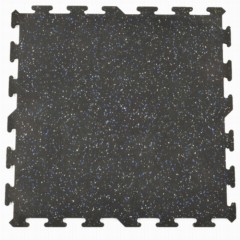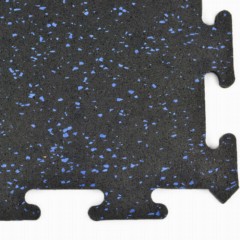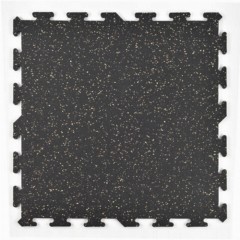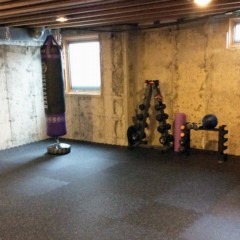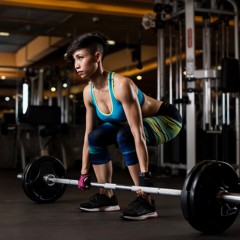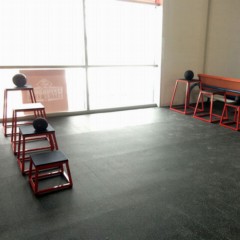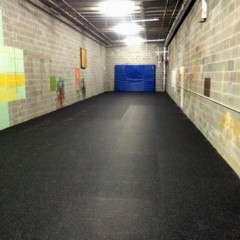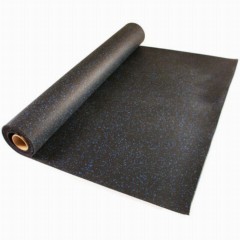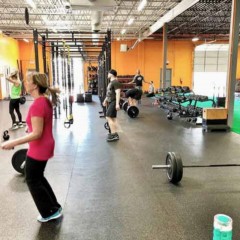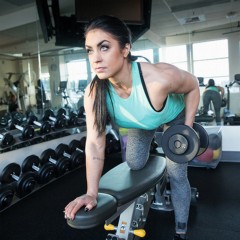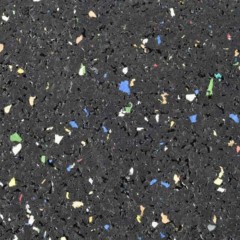$42328 /Roll
You Save 20%
$2.12/sqft
Shop
Showing 1-24 of 37 Products
When seeking the best flooring for dogs, count on Greatmats to carry a number of different models and styles that will help successfully fulfill the plan for the space.
Agility dogs need a different kind of flooring than a doggie daycare facility, and we can fill these use cases and more. The best flooring for dogs should yield cushion, traction, and easy-to-clean designs that will keep dogs safe and comfortable.
Size and Shape Options
We have a wide range of size and shape options for the best flooring for dogs that we carry. You can select among rectangular mats, puzzle-style interlocking tiles, and rolls.
Select rolls of rubber or artificial grass to cover a large space at a training or boarding facility. Select tiles and mats when covering a smaller space inside an individual kennel or in a playroom for puppies.
When selecting rolls, the rubber roll typically measures 4 feet in width, while rolls of artificial grass often measure 12 or 15 feet in width. You then can select a custom length.
Interlocking tiles typically have a square shape and measure anywhere from 1x1 foot to 3x3 feet. They can consist of rubber, foam, or PVC plastic. Larger tiles weigh more, but the installer can cover a large space faster versus using small tiles.
Material Options
When looking for a type of floor to use around dogs, think about the expectations for the space.
If you are trying to protect a subfloor consisting of wood, laminate, or vinyl from pee, poop, and scratches from dog nails, a rubber flooring is a great choice. It will not soak up urine, and it will maintain a sturdy barrier over the subfloor.
For areas that need extra cushioning for dogs to sleep or to protect the hip and leg joints of dogs doing agility drills, foam is a common choice.
We even offer tiles that have a rubber top layer and a foam bottom layer. These provide the durability of rubber to protect against dog nails, but the foam has more cushioning than a solid rubber tile.
Rolls of artificial turf that have foam or rubber backings can protect the subfloor, while providing a little bit of traction and a little bit of cushion.
Pattern and Texture Options
Typically, the best flooring for dogs does not involve colorful patterns or on high-end designs. These floors focus more on performing their jobs and remaining durable, rather than yielding an eye-catching design.
If you select a rubber flooring, black is the most common option. Some black rubber rolls will have color flecks embedded in them.
For foam or PVC plastic tiles, you can select among some other colors, like blue, gray, green, or red. PVC plastic tiles may have perforations that allow liquids to drain through to a cement subfloor that has a floor drain.
Common Use Options
The best flooring for dogs can accommodate almost any activity that involves dogs.
Many of our customers will install these floors at facilities that offer obedience training and agility classes. They offer the durability, traction, and cushioning necessary to allow dogs to remain healthy as they participate in their classes.
At a boarding facility or at a facility that hosts dog shows, having the realistic-looking artificial turf roll installed is a popular selection. It yields an eye-catching look that will impress visitors, while providing a nice combination of traction and cushion.
For those areas where durability is most important, rubber flooring will handle this use case successfully.
Installation Options
The majority of the best flooring for dogs products will be easy to install.
If you do not want to have to deal with glue, interlocking tiles are a great choice. The installer does not have to add glue to either the underside of the tile or to the interlocking edges to ensure that the tiles will remain connected, even when placed under the stress of multiple dogs running on them.
Although the installer can use glue on the back of the tiles, it’s not required. By not using glue, you can remove a damaged tile and replace it at any time.
When installing a roll of rubber or a roll of artificial grass, the installation is a little trickier. When going over a firm subfloor, you should glue down or tape down the roll.
Cleaning and Maintenance Requirements
When cleaning the flooring for the dog facility, you will want to match the cleaning process to the type of floor in use. Beyond occasional cleaning, these floors do not require special maintenance techniques.
Rubber floors, foam tile floors, and PVC plastic tile floors can make use of a neutral pH cleaning product diluted with water for a thorough cleaning and disinfecting using a mop. You can sweep or vacuum the floors to remove dry particles between mopping’s.
For artificial turf floors, you can run a vacuum over the top to remove dry particles, much like you would do with carpeting. Scrub any stains or sticky substances with a soft-bristled brush.
 $188 /sqft You Save 20%Shop$630 /Tile You Save 25%$6.30/sqftShips Out in 1-3 Working DaysShop$3762 /Tile You Save 20%$4.56/sqftShop$3458 /Tile You Save 19%$4.19/sqftShop$3064 /Tile You Save 19%$3.71/sqftShop$1338 /Tile You Save 19%$3.65/sqftShop$1338 /Tile You Save 19%$3.65/sqftShop$327 /sqft You Save 20%Shop$16280 /Roll You Save 19%$1.63/sqftShop$32560 /Roll You Save 19%$1.63/sqftShop$31080 /Roll You Save 20%$2.59/sqftShop$299 /sqft You Save 20%Shop$28268 /Roll You Save 20%$2.83/sqftShop$282 /sqft You Save 20%Shop$21164 /Roll You Save 20%$2.12/sqftShop$42328 /Roll You Save 20%$2.12/sqftShop
$188 /sqft You Save 20%Shop$630 /Tile You Save 25%$6.30/sqftShips Out in 1-3 Working DaysShop$3762 /Tile You Save 20%$4.56/sqftShop$3458 /Tile You Save 19%$4.19/sqftShop$3064 /Tile You Save 19%$3.71/sqftShop$1338 /Tile You Save 19%$3.65/sqftShop$1338 /Tile You Save 19%$3.65/sqftShop$327 /sqft You Save 20%Shop$16280 /Roll You Save 19%$1.63/sqftShop$32560 /Roll You Save 19%$1.63/sqftShop$31080 /Roll You Save 20%$2.59/sqftShop$299 /sqft You Save 20%Shop$28268 /Roll You Save 20%$2.83/sqftShop$282 /sqft You Save 20%Shop$21164 /Roll You Save 20%$2.12/sqftShop$42328 /Roll You Save 20%$2.12/sqftShop